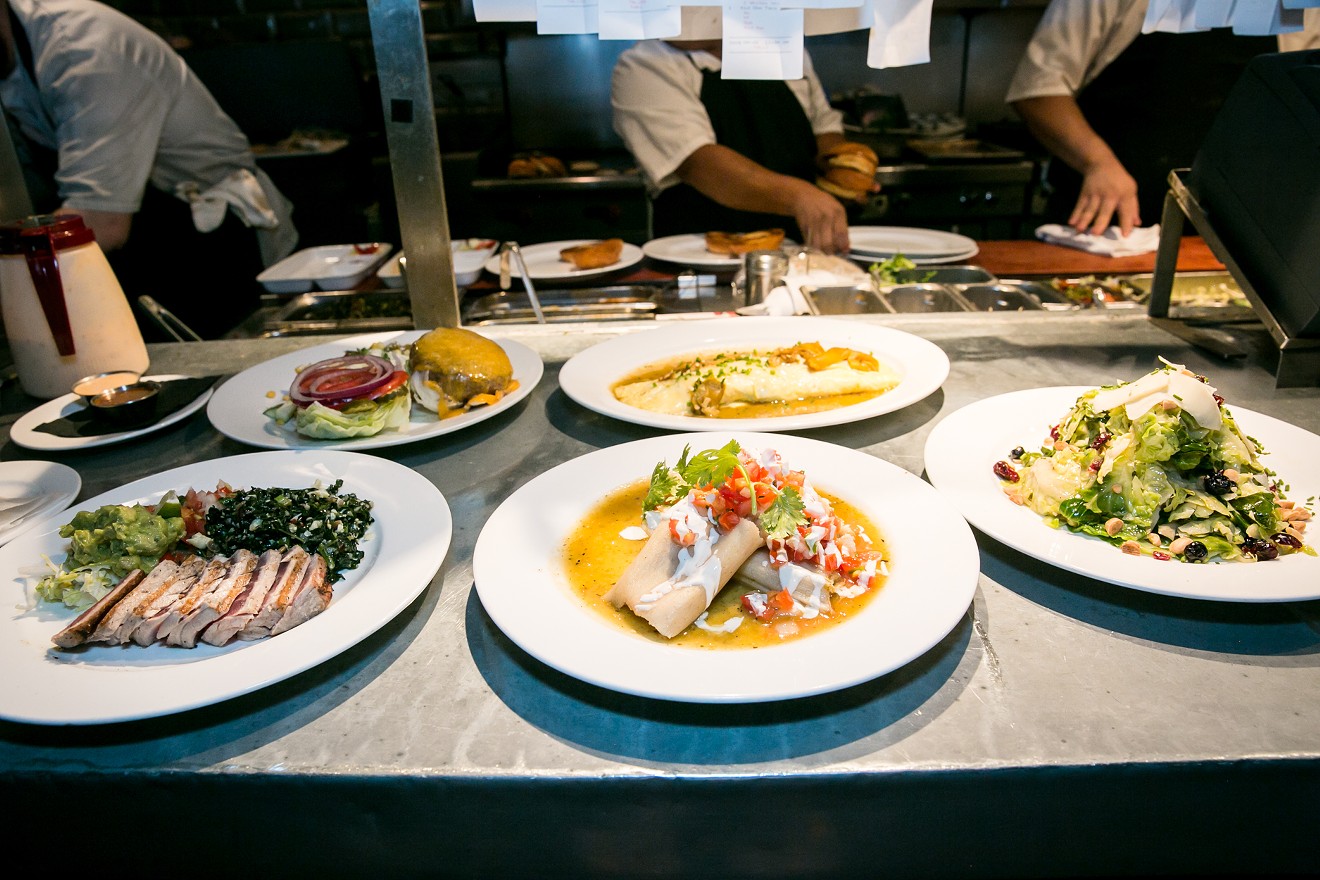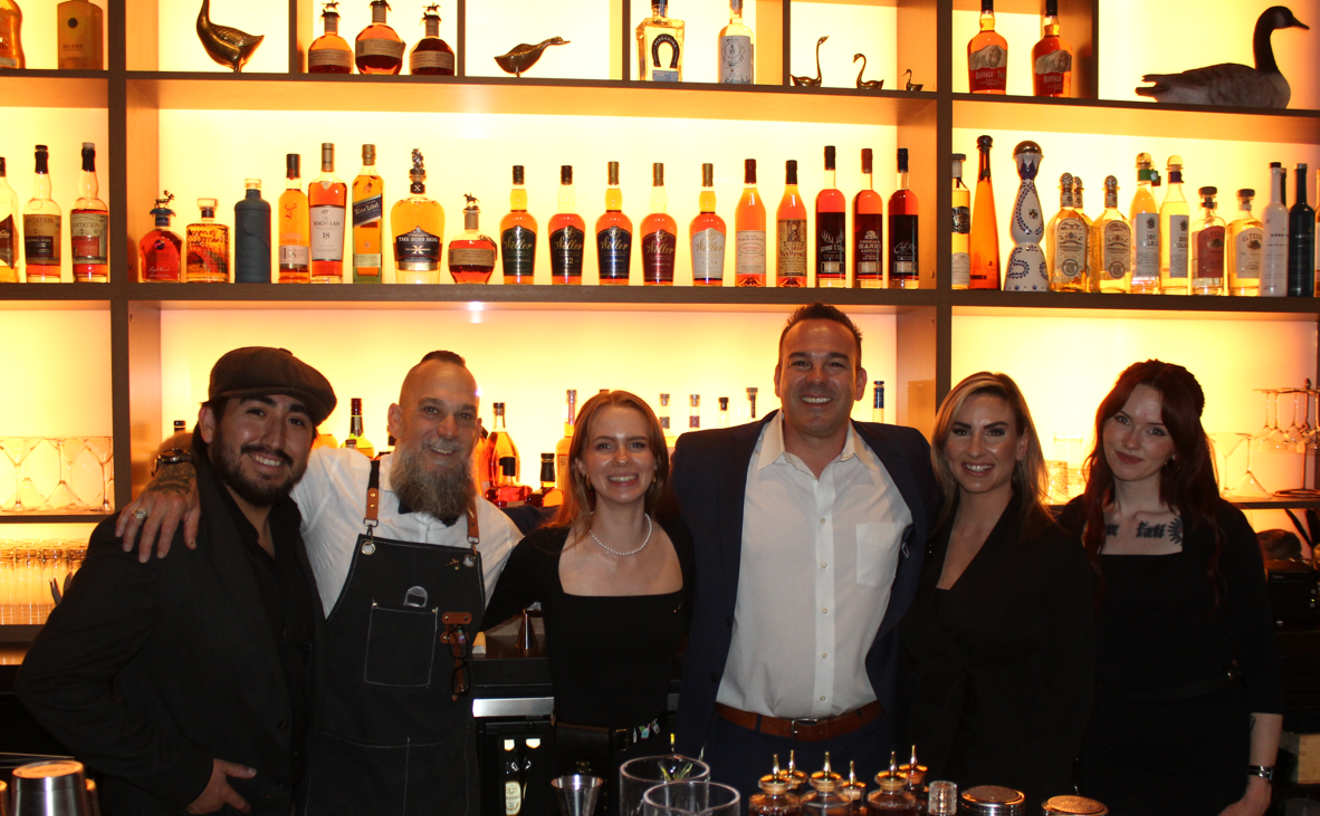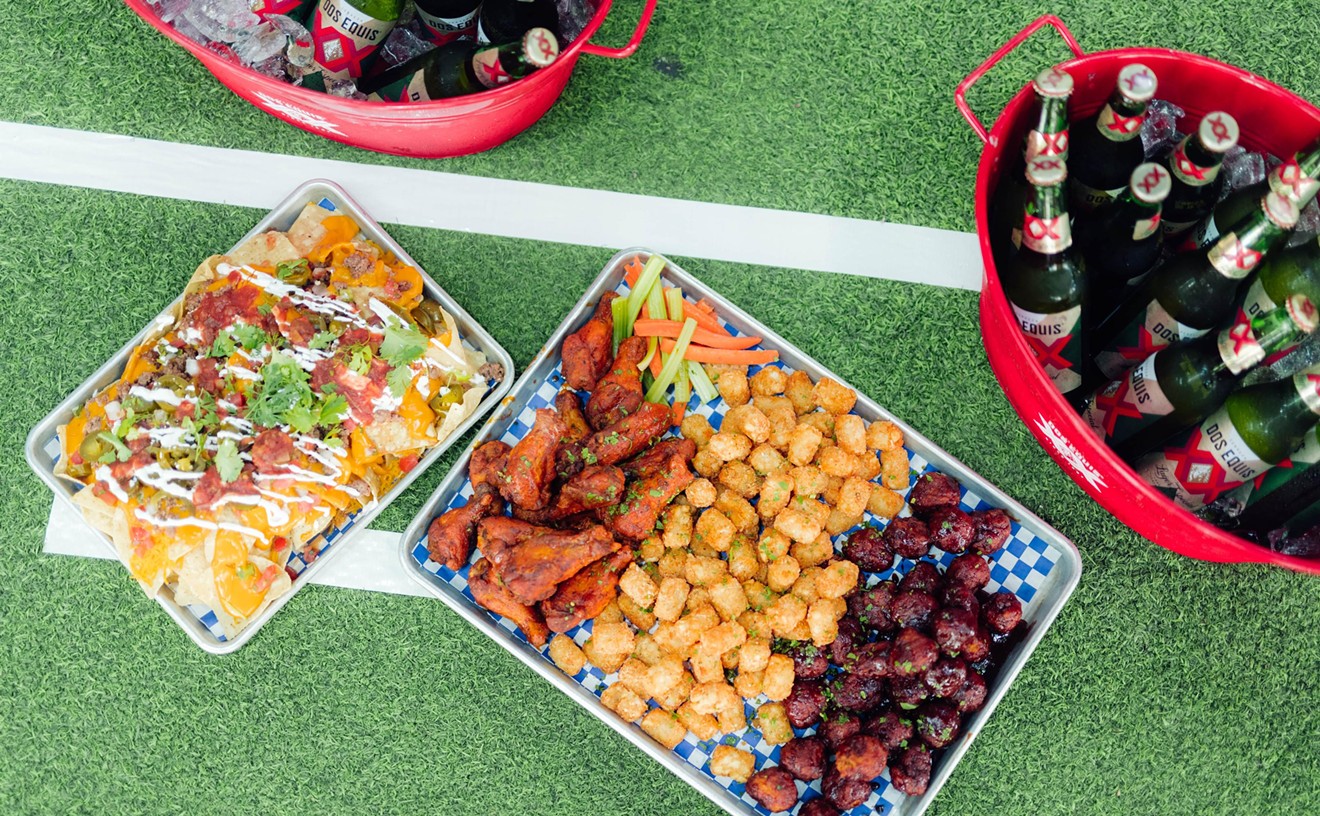Going out to eat is one of the greatest pleasures that I know. The experience of dining out allows for boundless culinary adventures, yet there is sometimes a level of anxiety or timidity that one may feel when they are less confident in a sophisticated culinary journey.
Bits of restaurant etiquette that are hard and fast — placing your napkin on your lap, don't chew with an open mouth, etc. — but in today's world, replete with cellphones, food-delivery apps, and an inordinate amount of instances where you are forced to decide if, and how much, you should tip someone, there are many nuances that may require some clarification.
We can help.
Overall Communication Between Guests and Server
Your phone (more on that pesky device, later) is down, if not completely away, by the time your server approaches the table for the first time. In the same vein, conversation with your fellow diners should also cease when your table is greeted by the server. The gist here is that your attention is to be utterly that of your server's for the introduction and featuring of daily specials.
If you don't have interest in listening to the introduction, you are invited to tactfully explain this to your server and agree to skip it. The best tactic in this scenario is to assure them that you have been to the establishment before and you already know what you want.
Remember that deferring this introductory opportunity or being aloof while it is taking place might end up diminishing the experience if you later ask questions or complain about something that would have been covered in the intro. Some of the things that you risk skipping could be as simple as where to find the signature cocktail list, vegetarian options, or market price fluctuations.
Navigating the Menu and Asking for Recommendations
After you have (hopefully) received a proper rundown of the menu, you may still have additional questions or be in need of some product guidance. I have noticed that there is an unfair assumption that when a server makes a recommendation to a guest, they will suggest the most expensive item from the list in order to inflate the bill and thus, yield a heftier tip.
From my own experience of working in restaurants, I can tell you that I have definitely nudged guests toward a pricier option — but it wasn't because I was trying to take advantage of them. It was because I genuinely thought it was superior.
Your server knows the minute details of the menu and likely can taste and appreciate the subtle differences between the lowest-tier chardonnay and the highest. It should not be surprising that someone with this level of expertise may suggest the more valuable item.
It's my opinion that it's not proper to tell the server to bring you whatever they suggest, and then follow up with announcing that you also don't want it to be the most expensive thing on the menu. This type of distrust occurs often, and it stresses the fact that clearer communication is imperative when it comes to the guest-server interaction.
Dress Code
Today's restaurantgoers live in a casual and convenient world, and restaurants seem to be adapting to the new norm of dressing for comfort. I have found that less and less restaurants enforce a stringent dress code —especially in Arizona where the weather can play such a crucial role.
Still, everyone knows the feeling of not wanting to show up to a new restaurant dressed inappropriately, so keep in mind that if an establishment enforces a particular dress code, it will likely be made clear on their website. For instance, if you want to know what the dress code is at Hillstone, it is merely a click away. If you are unsure of the nuances between "business casual" and "formal attire," OpenTable is here to help.
If a restaurant is upscale or "enhanced" in any way — say anywhere between a three to five AAA Diamond rating — a general rule for men is that sleeves and closed-toe shoes are preferred. Hats will likely be frowned upon, but not necessarily prohibited. For women, the nebulous description of "overly provocative" might be enforced by the manager on duty, though that is a much more subjective call than simply noticing whether or not someone is wearing a ball cap or flip-flops.
Tipping
When leaving a tip for your server, it's understood that a 20 percent tip is today's norm. I stick to this rule, unless service was exceptionally egregious or outstanding. What you write on the tip line not only makes up part of your server's income, but is also reviewed by their manager in many instances.
One caveat I've encountered is not leaving the expected 20 percent when a significant portion of the bill is from one very expensive item. For example, if your bill totals $1,200, but $500 of it comes solely from a bottle of cabernet franc, don't feel pressured to leave a 20 percent tip on the total amount. Most servers would understand 15 percent.
One new trend in tipping culture is the proliferation of opportunities one is given to leave a tip for someone. When you are handed an iPad after ordering a cappuccino, don't feel daunted by choosing the "no tip" option. Coffee shop clerks, smoothie makers, and sandwich artists usually make minimum hourly wage, at least. Servers, in most cases, do not.
Another abstruse gratuity topic is how to tip when picking up a to-go order. I have handled many takeout orders and never held anyone to a standard when it came to the tip. I've found that some leave nothing, while others may leave a flat amount of $5, and others will leave 20 percent. Emily Post mentions 10 percent, but makes clear that there is no obligation.
Cell Phone Usage
It's said our reliance on mobile phones has already made an irreparable blow to our face-to-face communication skills and social adeptness. Among the myriad settings in which this distinct loss is thought to transpire, dining with others is at the top of the list — simply because of how inherently social it is.
Trying to dissect the intricacies of cellphone etiquette is a prickly endeavor, however, when confined to the setting of a restaurant, there are a definitely a few clear dos and don'ts. Talking on the phone is prohibited in the dining area — and yes, the bar and lounge are considered dining areas. If you must take a call, take it outside or in the reception area. In a 1999 article from The New York Times, restaurant titan Danny Meyer made his abhorrence of phone conversations in restaurants perfectly clear, saying , "their use lacks etiquette, form, and propriety."
Twenty years later, we are faced with a seemingly more innocuous issue of cellphone etiquette: apps. Most would agree the majority of our cellphone use is now done with our fingers and not our mouths. While a case could be made that texting or looking at your phone in a restaurant is less obtrusive than talking on it, if you're doing either while at the table, you're still outside the bounds of proper etiquette. Lest we forget that in Top Ten Table Manners from Emily Post, both "wait to check calls and texts," and "take part in dinner conversation" are clearly stated.
Taking pictures with your phone at the table could easily turn into another brambly debate on social acceptability, but suffice it to say that illuminating your booth at the dawn of every new course with a flash from your camera app is distracting and takes away from the experience of other guests. However tolerated it may be, it's still less than perfect etiquette. Also, it's incredibly annoying.
So just enjoy the restaurant, your company, and the meal.
Many restaurants take pride that their ambiance lends itself to social and affable encounters. It's redolent of old movie footage where every table in the background of the restaurant is occupied by people living in the moment, telling stories, and throwing back their heads in laughter. For many restaurateurs, it's not just about getting butts in the seats or putting money in the bank; it's the preservation of an age-old tradition in which great food and a well-paired drink are simply the fuel to an enjoyable and memorable conversation.
[
{
"name": "Air - MediumRectangle - Inline Content - Mobile Display Size",
"component": "18478561",
"insertPoint": "2",
"requiredCountToDisplay": "2"
},{
"name": "Editor Picks",
"component": "16759093",
"insertPoint": "4",
"requiredCountToDisplay": "1"
},{
"name": "Inline Links",
"component": "17980324",
"insertPoint": "8th",
"startingPoint": 8,
"requiredCountToDisplay": "7",
"maxInsertions": 25
},{
"name": "Air - MediumRectangle - Combo - Inline Content",
"component": "16759092",
"insertPoint": "8th",
"startingPoint": 8,
"requiredCountToDisplay": "7",
"maxInsertions": 25
},{
"name": "Inline Links",
"component": "17980324",
"insertPoint": "8th",
"startingPoint": 12,
"requiredCountToDisplay": "11",
"maxInsertions": 24
},{
"name": "Air - Leaderboard Tower - Combo - Inline Content",
"component": "16759094",
"insertPoint": "8th",
"startingPoint": 12,
"requiredCountToDisplay": "11",
"maxInsertions": 24
}
]
















